Why are mocha beans, mocha coffee and mocha pots all called mochas? What does it have to do with them?
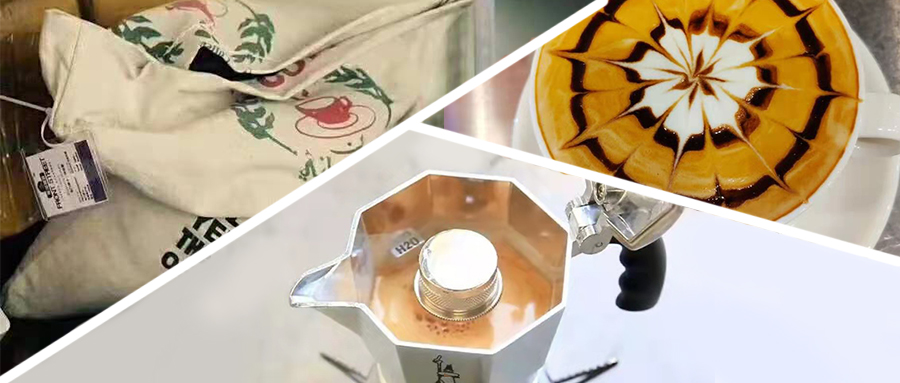
Professional coffee knowledge exchange more coffee bean information please follow the coffee workshop (Wechat official account cafe_style)
Many friends who have just come into contact with coffee are very confused to see the coffee noun with mocha. People who start from espresso will have a different view of mocha coffee than those who start from individual coffee. Let's learn about the relationship between mocha beans, mocha coffee and mocha pots.
Mocha
Literally, this is all related to mocha. It is easy to think of using mocha beans as the principle and mocha pot as an extraction tool to make mocha coffee. Of course, it must be wrong to think so! Because the time difference between them can be as high as 1-2 centuries. The only clue points to the Yemeni mocha. Then explore why they are all named after mocha.
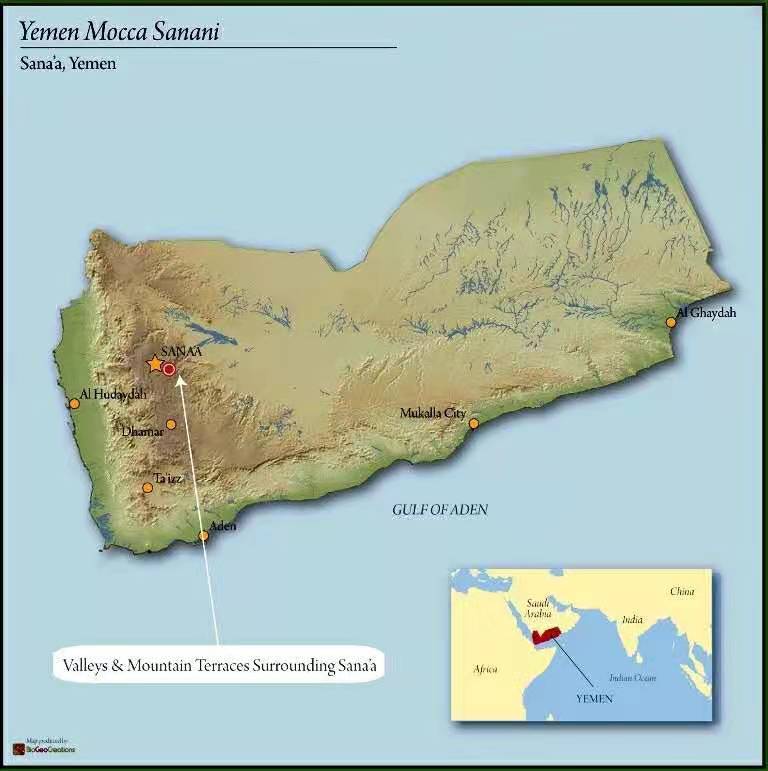
Mocha coffee beans
The port of Moka in Yemen, which has been an important port at the mouth of the Red Sea for more than 300 years since the beginning of the 15th century, is equivalent to Shanghai Port today. The vast majority of the world's sea freight goes through the port. Coffee is not grown near Mocha, and most of its coffee comes from high-altitude areas in the mountains of central Yemen. when the coffee exported through the port of Mocha arrived in European countries, it was well received, and it was only known at that time that the coffee came from the port of Mocha. therefore, it is also known as "mocha coffee (beans)". Subsequently, coffee exported through the port of Mocha will be sold as "mocha coffee".
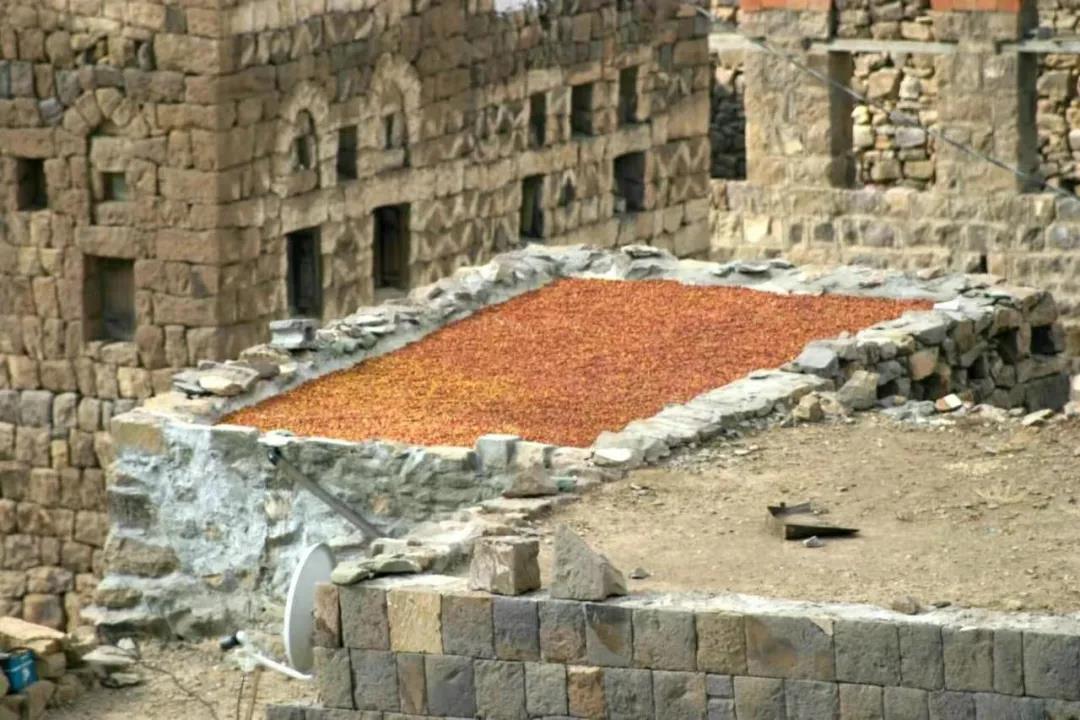
Today, Yemeni mocha coffee is still precious in the world, and coffee cultivation has been hit hard by the continued turmoil in Yemen in recent years, with only a small amount of Yemeni coffee coming out of a hail of bullets every year. Qianjie had the privilege of getting a bag of mocha Mokha Mattari coffee a few years ago, which is from the Bani Matar region of Yemen, hence its name. Unlike other coarse sacks, Yemeni coffee bags are made of fine-hole cloth similar to flour bags.
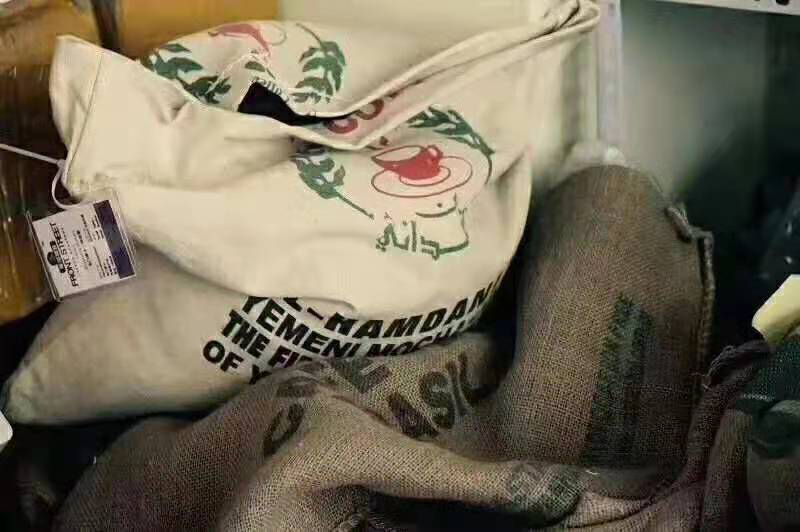
Different Yemeni mocha caffeine planting areas lead to different genres, such as the chocolate and sour taste of Matali MATTARI, and the rudeness and fragrance of Sonani SANANI mocha. But its main feature is a strong chocolate flavor.
Mocha Coffee
Through our understanding of Coffea Mocha coffee as a drink in espresso. This is a coffee made of espresso, milk and chocolate sauce (chocolate powder), and some coffee shops use chocolate bars instead of chocolate sauce or powder. Melt chocolate into espresso and add whisked milk, which is a blend of coffee and cocoa, a sweet and fragrant combination.
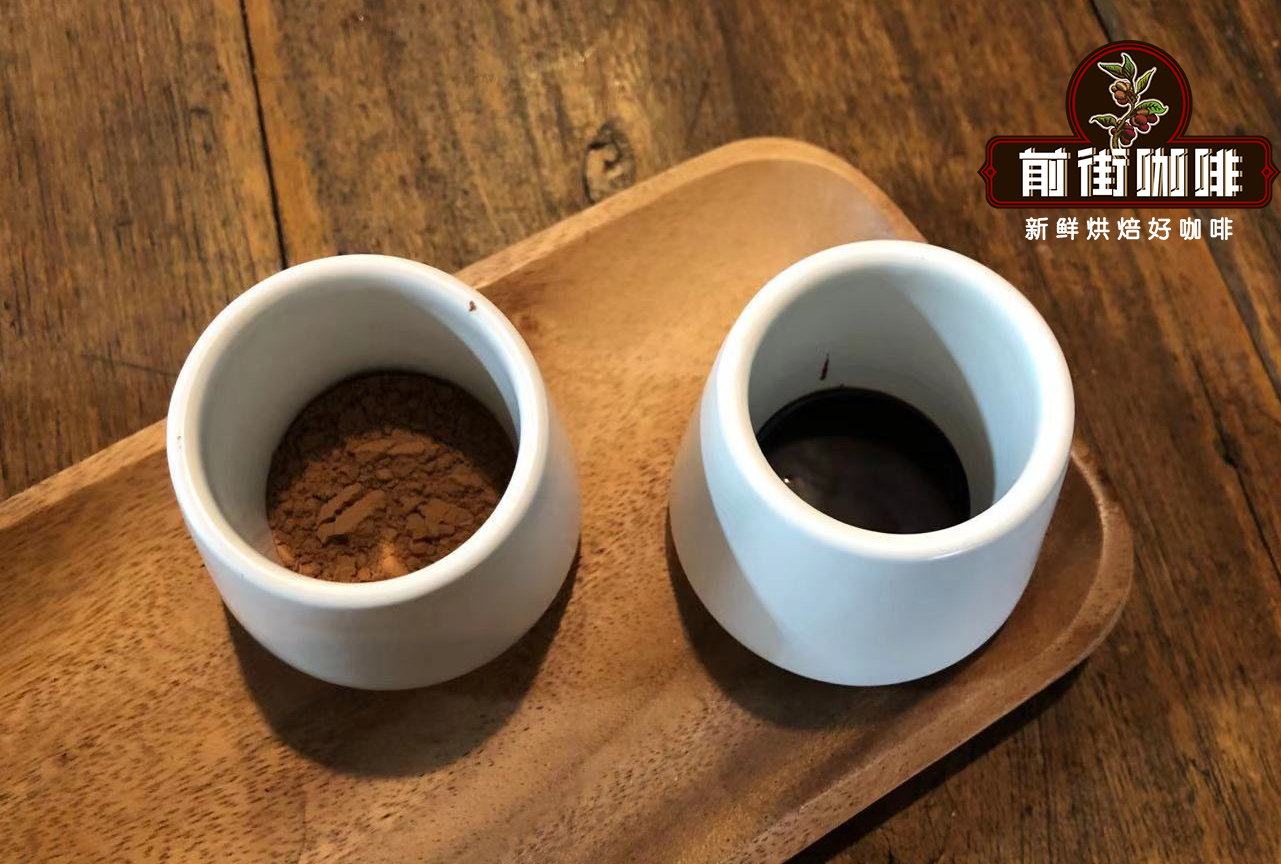
It doesn't seem to have anything to do with Mocha. But the earliest history of Italian mocha can be traced back to Italy in the 18th century, although there is no more authoritative historical data to prove the origin of its name. But you might as well boldly guess that in the coffee world in the 18th century, the Netherlands brought coffee to Southeast Asia, France brought coffee to South America, and Mocha had lost its monopoly on coffee, plus under the Ottoman Empire in the middle and later periods. Mocha's market share is also shrinking.
Therefore, it is not difficult to see that less mocha coffee is flowing into Europe, and in order to imitate the chocolate flavor of mocha beans, it is not difficult for Italians to add chocolate sauce to espresso and milk to produce a flavor like mocha beans. So the emergence of Italian mocha coffee is very likely to imitate the rare number of mocha beans and the emergence of products. In addition, at that time, the status of mocha coffee beans in people's hearts was like today's Rosa coffee beans, and the drink with a flavor similar to mocha coffee beans with the title "mocha coffee" could better reflect its style.
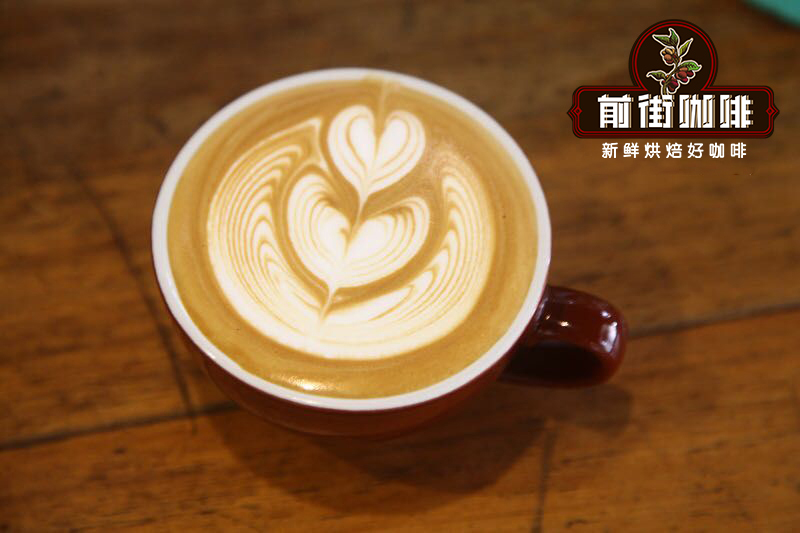
With the popularity of espresso culture in the world, Italian mocha (chocolate milk coffee) has also become an important member of espresso.
Mocha pot
This really has little to do with the port of Mocha, which was invented by Alfonso Bialetti, the latest of the three mochas (1933). It is a traditional Italian household cooking appliance, not from the Yemeni mocha. But the extent of its impact can not be underestimated, known as every Italian family must have.
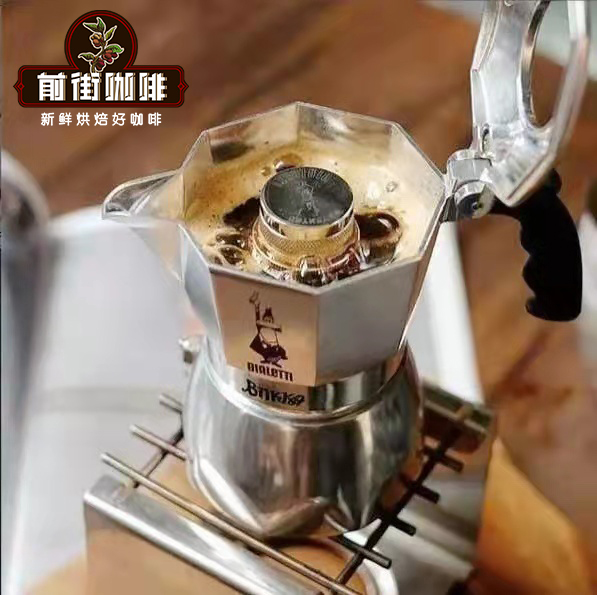
The mocha pot is divided into three parts: the upper pot, the powder trough, and the lower seat. The lower pot is a sink for holding water, the powder trough is used to hold finely ground coffee powder, and the upper pot is to hold the extracted coffee liquid. The principle of the mocha pot to extract coffee is very simple, that is, using the vapor pressure produced in the next pot, when the vapor pressure is high enough to permeate the coffee powder, it will push the hot water to the upper pot and brew the strong coffee. Although its pressure (1.5-2bar) is negligible compared to the Italian coffee machine (9bar). But the coffee oil can still be extracted and the taste is rich.
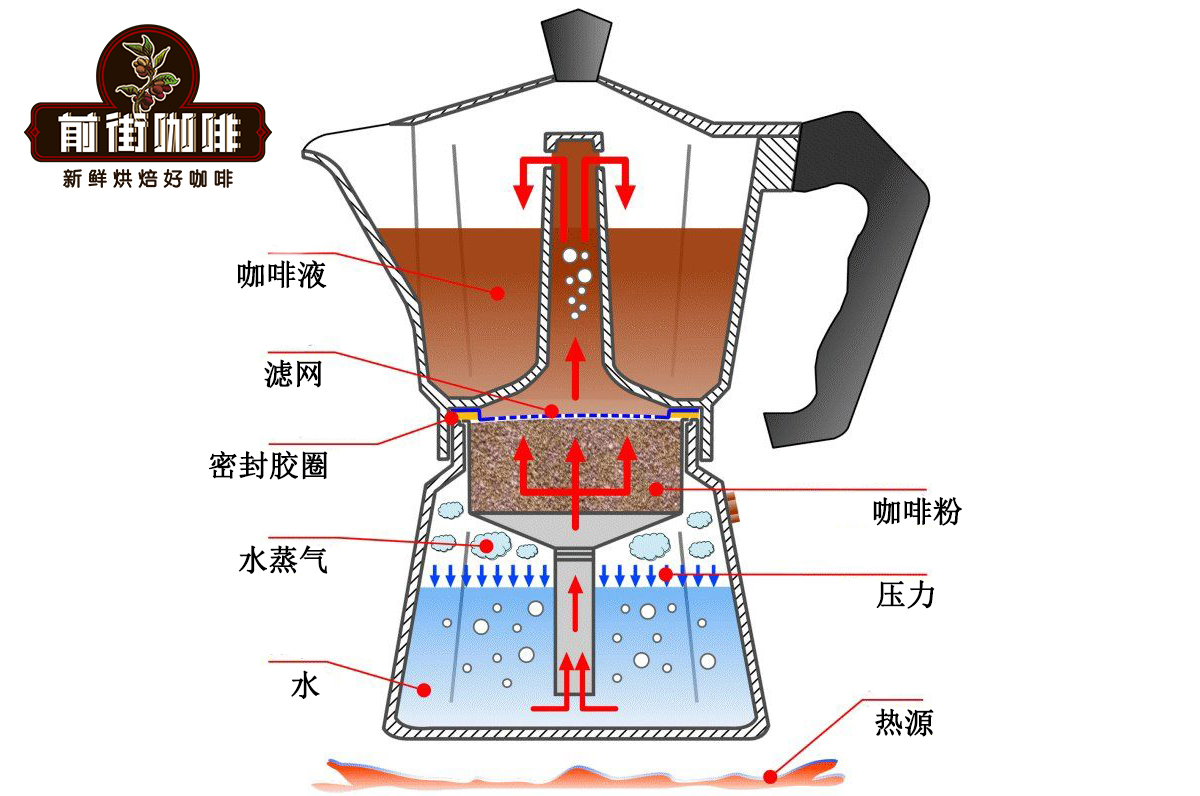
So why is the mocha pot called "mocha pot"? Mocha pot is spelled as Moka pot in English. The most common explanation is that mocha and coffee have been linked to each other since the first batch of coffee entered Venice in the 17th century. So the mocha pot is actually called a coffee pot, which means you can get a full-bodied cup of coffee at home.
For more boutique coffee beans, please add private Qianjie coffee on Wechat. WeChat account: kaixinguoguo0925
Important Notice :
前街咖啡 FrontStreet Coffee has moved to new addredd:
FrontStreet Coffee Address: 315,Donghua East Road,GuangZhou
Tel:020 38364473
- Prev
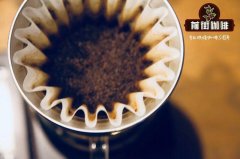
How to adjust the grinding degree of the hand flush commander bean grinder? The commander's hand grinder works well.
Professional coffee knowledge exchange more coffee bean information please follow coffee workshop (Wechat official account cafe_style) Qianjie coffee today talk about the grinding degree of the commander bean grinder when we buy hand grinding, we will find that the opportunity of hand grinding is relatively uneven, mainly because of the design of the grinding plate, most of the hand grinding uses a conical grinding knife, which is characterized by fast but uneven grinding.
- Next
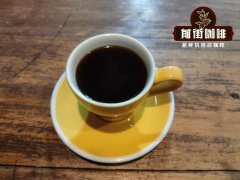
How to make American coffee tastes better? What is the effect of coffee fat on American coffee?
American coffee is a very common coffee, its production is very simple, that is, espresso with water. But there is one small detail that can make your American coffee taste better! It is well known that espresso is extracted from the thick coffee liquid under the pressure of 9Bar, with a layer of golden oil on the surface, which looks particularly beautiful. Rich in coffee oil
Related
- What is the Philharmonic pressure? How to use Philharmonic pressure to make delicious coffee
- Why does a hand grinder have more fine powder than an electric grinder?
- In addition to the hot mom, what is the difference between the versions of EK43 | ditting and Mahdi ek43?
- What kind of equipment do you need to make coffee by hand? Introduction to novice starter cooking equipment tools
- Espresso needs to be ground how thick and thin scale entry Italian Coffee Machine Bean Grinder investigation and Grinding course
- How much does it cost to open a small private cafe? How much does it cost to learn coffee? How to operate it?
- The difference between the flavor characteristics of hand-brewed coffee and coffee maker is hand-brewed coffee really better than coffee maker? Can I use a coffee machine to make coffee beans by hand?
- The difference between 01 and 02 of hario v60 filter cup what is the difference between 01 and 02 filter cup opening and cooking flavor
- What's the difference between the smart cup and the French kettle? Which is better, the French kettle or the Smart Cup?
- What's the difference between a smart cup and a V60 filter cup? The difference between the taste of smart cup and hand-brewed coffee

